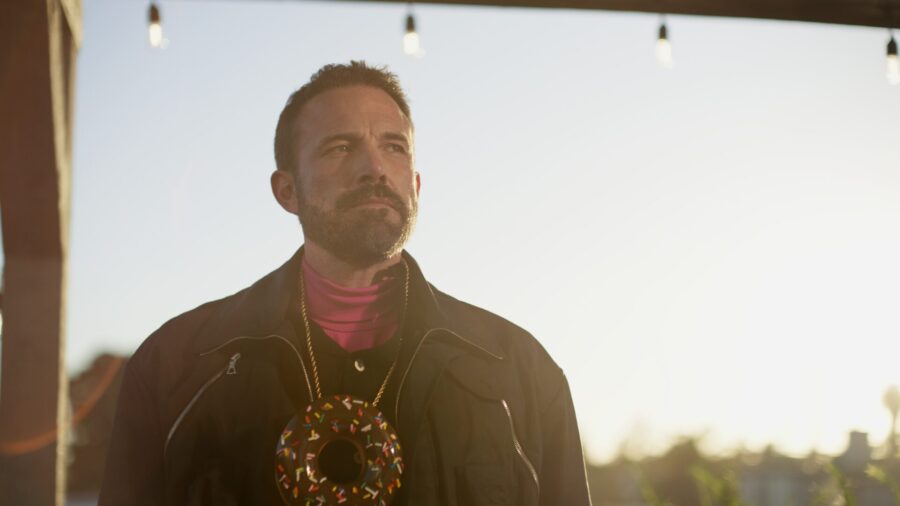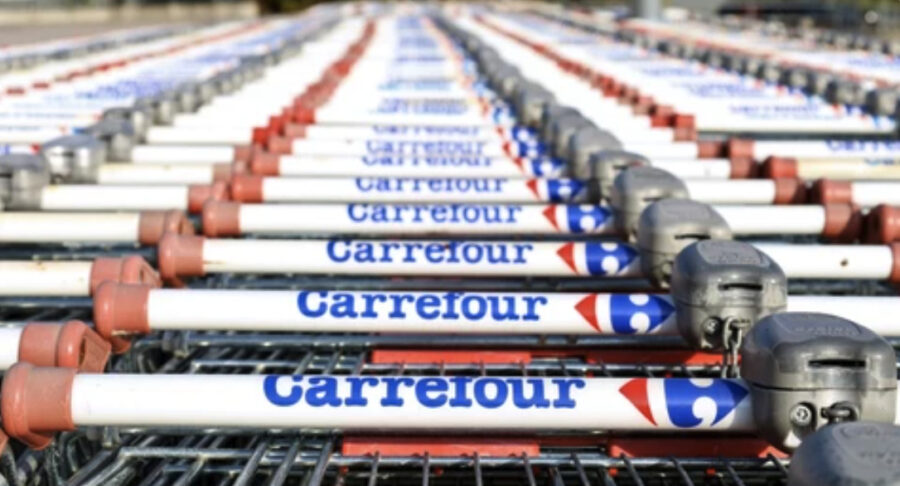When Apple unveiled its Vision Pro headset in June, tech experts reacted with hyperbole.
Optimists claimed the mixed reality device is likely to replace smartphones someday. Cynics, on the other hand, scoffed at the product’s $3,500 price tag and claimed that the tech won’t be widely adopted for five to 10 years.
Most tech experts agree on this, however: the Vision Pro boasts intriguing potential – for both consumers and businesses.
“Virtual reality and augmented reality definitely have the potential to revolutionize how consumers interact with brands,” Philip Bacon, founder of Bacon Marketing, told The Food Institute. “Food-related brands have already started exploring creative uses of VR and AR.
“McDonald’s has used VR technology to give customers a virtual tour of their kitchen operations, [and] Starbucks has experimented with AR filters and gamification elements in their mobile app.”
The business potential of VR and AR are examined in-depth in The Food Institute’s August monthly report, available to members on Tuesday (to join FI, click here).
The concept of a mixed reality headset isn’t new, but pioneers of the technology, like Meta (with its Oculus headset), have struggled to find much of a market for the product. Many industry insiders feel Apple has proven its tech savvy before – with items like the iPhone, and the Apple Watch – and is therefore likely to master mixed reality.
Jordan Jewell, analyst at ecommerce platform provider VTEX, said the Vision Pro (shown here, in a video by The Wall Street Journal) “does appear to be the most significant AR/VR headset to hit the market – by far.
“From a retail and ecommerce perspective, augmented reality – which adds to pre-existing physical and digital experiences – is the holy grail.”
For example, a consumer who’s in the market for a new car can use augmented reality tech like the Vision Pro to view vehicles in different settings. Mixed reality devices like the Vision Pro should also boost experiential shopping as it relates to food manufacturers, retailers, and restaurants.
“In F&B, experience is the name of the game when it comes to leveraging AR and VR,” said Nick Gausling, a retail consultant and executive with Romy Group. “Brands should make consumption of their product immersive. Showing the customer a glimpse of where it was sourced, gamification, or incorporating special perks or live events through strategic partners are all excellent tactics.”
The Food Institute Podcast
Can direct-to-consumer brands succeed in the food industry? Dr. James Richardson, owner of Premium Growth Solutions and author of Ramping Your Brand, returns to The Food Institute Podcast to talk through the challenges facing most food brands in the DTC space, and how an omnichannel approach may be the best way to ensure your food brand can grow successfully.












